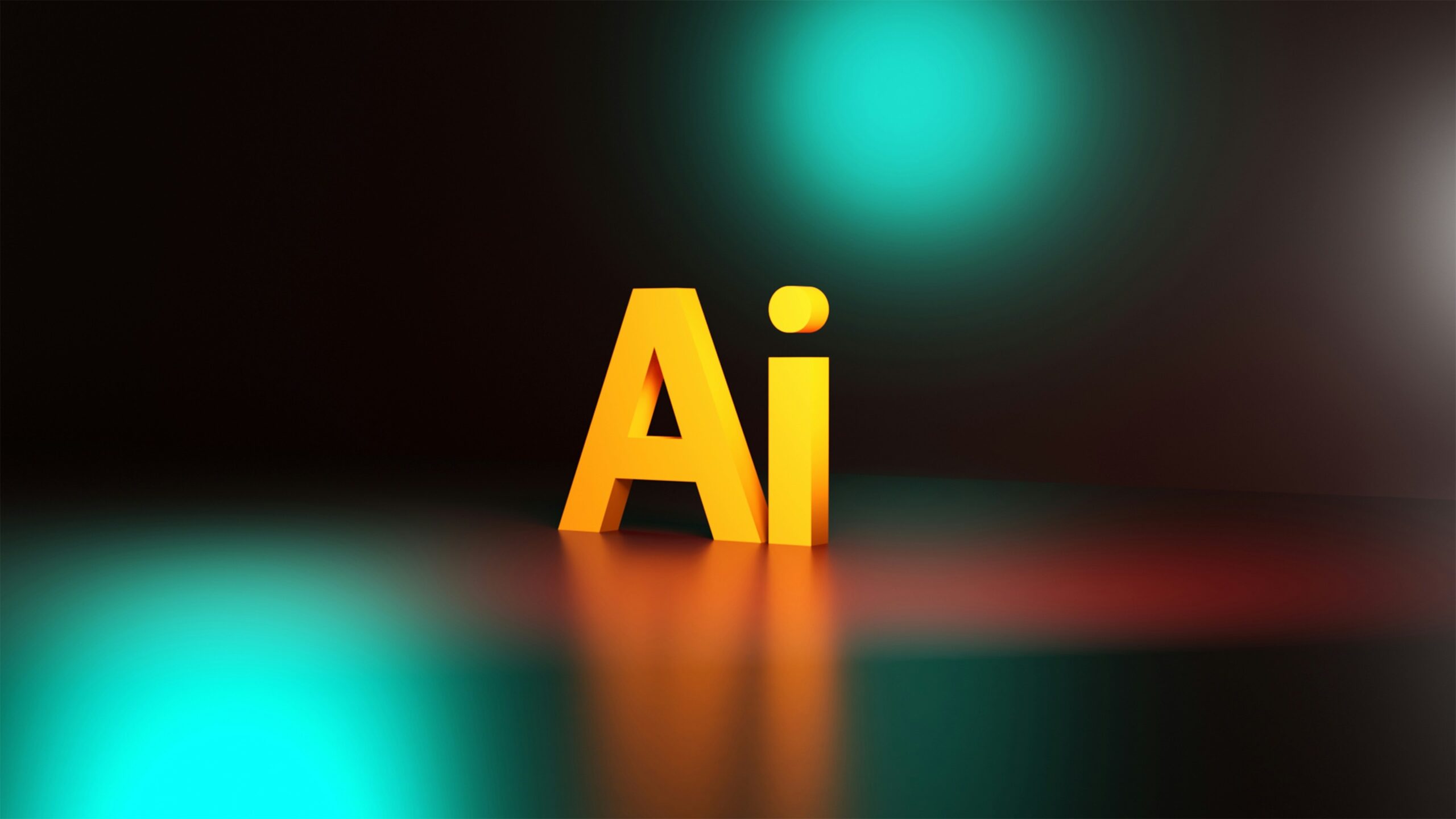AI-Powered Invoice Automation Enhancing Efficiency
AI-Powered Invoice Automation: Enhancing Efficiency and Reducing Errors
Revolutionising Business Operations with AI-Powered Invoice Automation
In the rapidly evolving landscape of business operations, AI-powered invoice automation emerges as a transformative solution for organisations seeking to enhance their financial processes. By harnessing the capabilities of artificial intelligence, businesses can streamline their invoicing tasks, significantly reducing the time and effort required for manual processing. This innovation not only improves efficiency but also minimises the risk of human error, leading to more accurate financial management.
The integration of AI technologies into invoicing systems allows for seamless data extraction and validation, ensuring that invoices are processed swiftly and accurately. With features such as intelligent document processing, organisations can automate the generation and approval of invoices, freeing up valuable resources for strategic initiatives. This shift towards automation aligns with the broader trend of digital transformation, where companies increasingly rely on technology to optimise their operations.
AI-powered invoice automation represents a significant advancement in financial management, offering businesses the opportunity to modernise their processes. As organisations adopt these innovative solutions, they can expect to see improvements in cash flow management and overall operational efficiency, similar to the benefits experienced by those who have embraced other forms of automation. For instance, the use of AI copywriting tools has already demonstrated how artificial intelligence can enhance productivity and creativity in content creation.
What is AI-Powered Invoice Automation?

AI-powered invoice automation is the use of artificial intelligence technologies to streamline and optimise the entire invoicing process, from creation to payment. It enhances efficiency and accuracy by reducing manual intervention, allowing businesses to eliminate errors and delays in invoice processing.
The core functionality of AI-powered invoice automation includes data extraction, validation, and workflow automation. Advanced technologies such as Optical Character Recognition (OCR) and Natural Language Processing (NLP) enable systems to extract relevant information from invoices, ensuring that data is captured accurately and efficiently. This automation not only speeds up the invoicing process but also reduces the likelihood of discrepancies that can arise from manual data entry.
Moreover, AI systems facilitate the automation of approval workflows, allowing invoices to be routed through the necessary channels for review and approval without the need for extensive human oversight. By flagging discrepancies or unusual patterns for human review, these systems maintain a balance between speed and control, ensuring that financial processes remain robust and reliable. As organisations increasingly adopt invoice automation, they can expect to see significant improvements in their invoicing efficiency and accuracy, ultimately leading to better financial outcomes.
The benefits of integrating AI into financial processes are clear, and as more businesses explore how to integrate AI technologies into their operations, the potential for enhanced efficiency and innovation continues to grow.
How to Implement AI-Powered Invoice Automation
Effective implementation of AI-powered invoice automation begins with a comprehensive understanding of existing workflows and the essential processes of invoice management. Identifying bottlenecks in the current manual system is crucial; this leads to defining specific objectives for automation efforts, such as reducing processing time and enhancing accuracy. Thoroughly assessing current systems allows businesses to determine integration capabilities, ensuring that the selected solution aligns well with existing financial infrastructures.
Step 1: Choose the Right AI Invoicing Software

The market offers a wide range of AI invoicing software options, making it vital to research thoroughly. Evaluate features such as smart invoice systems that use advanced algorithms to extract relevant data and streamline management processes, along with intelligent document processing capabilities that convert various invoice formats into structured, actionable data.
- Feature Evaluation: Consider functionalities that allow for automated data validation, seamless approvals, and real-time updates to maintain transactional integrity.
- User Feedback: Consult user reviews and case studies for insights into real-world practicality and performance.
Step 2: Integrate with Existing Accounting Systems
Integration with current financial software is paramount. Seamless integration ensures automated systems communicate effectively with existing databases and workflows.
- API Utilisation: Configure APIs or other integration methods to facilitate smooth data transfer between systems.
- Workflow Enhancement: A unified system synchronises information across platforms, driving significant efficiency gains.
Step 3: Automate Data Capture and Invoice Generation
Leverage AI technologies such as Intelligent Document Processing (IDP) to capture essential data from incoming invoices and convert it into structured digital entries.
- Template Generation: Automate invoice creation based on custom templates to ensure consistency and compliance.
- Efficiency Gains: Reducing manual data entry shortens turnaround times and improves accuracy.
Step 4: Streamline Approval Workflows
Automate approval workflows to expedite invoice reviews throughout the organisation. Machine-learning algorithms can analyse historical data to identify anomalies quickly.
- Maintaining Control: AI-assisted reviews speed up processes without compromising financial integrity.
- Proactive Management: Automated alerts flag discrepancies early, preventing costly errors.
Step 5: Monitor Performance and Gather Insights
Use integrated analytics tools to track KPIs such as processing duration, error frequency, and approval time. Continuous assessment enables ongoing optimisation.
- Performance Assessment: Routine evaluations reveal inefficiencies and highlight opportunities for refinement.
- Data-Driven Decisions: Insights from performance metrics help align invoicing processes with best practices and organisational goals.
Through these steps, businesses can successfully implement AI-powered invoice automation, enhancing efficiency, reducing errors, and positioning themselves for future growth.
As you explore the potential of AI-powered invoice automation, consider the significant impact it can have on your operational efficiency and financial accuracy. Embracing these innovative solutions not only streamlines your processes but also positions your organisation to thrive in a competitive landscape. Contact us to discuss your AI project or request a consultation.










